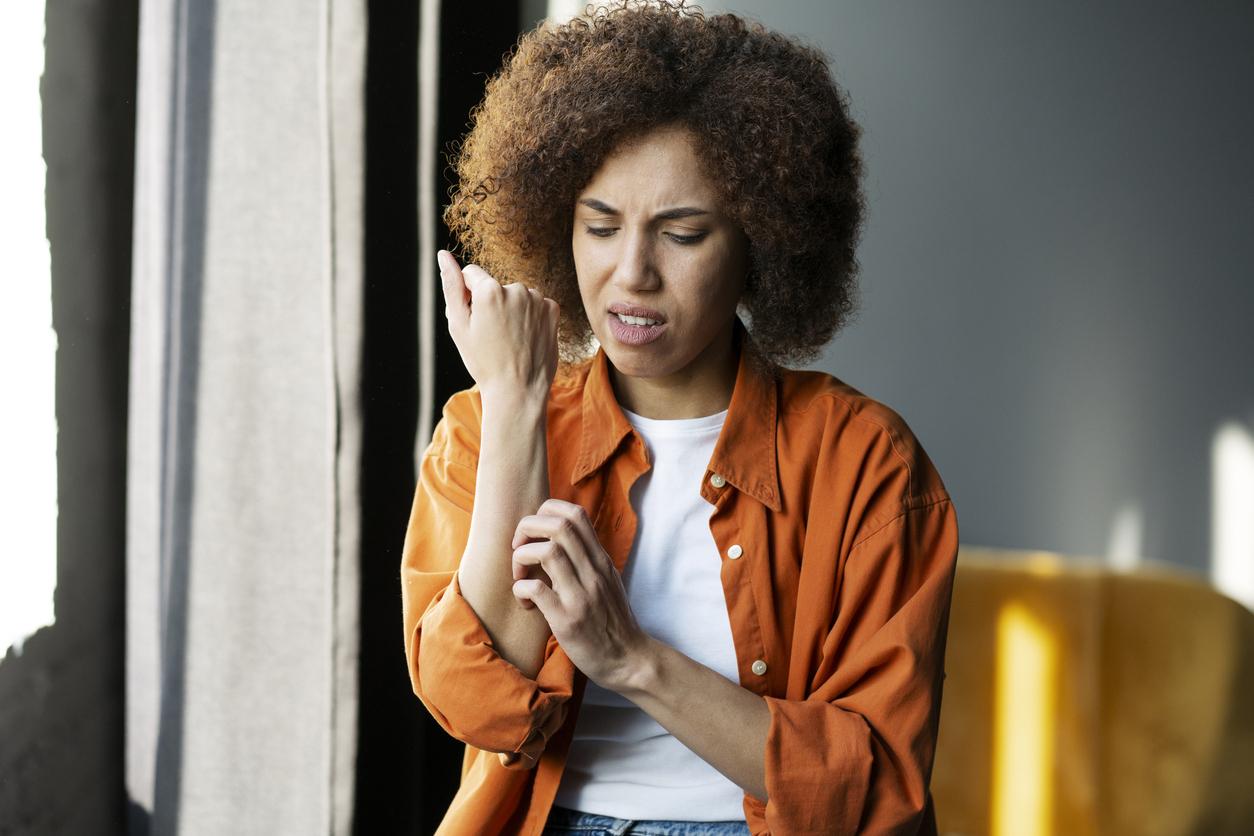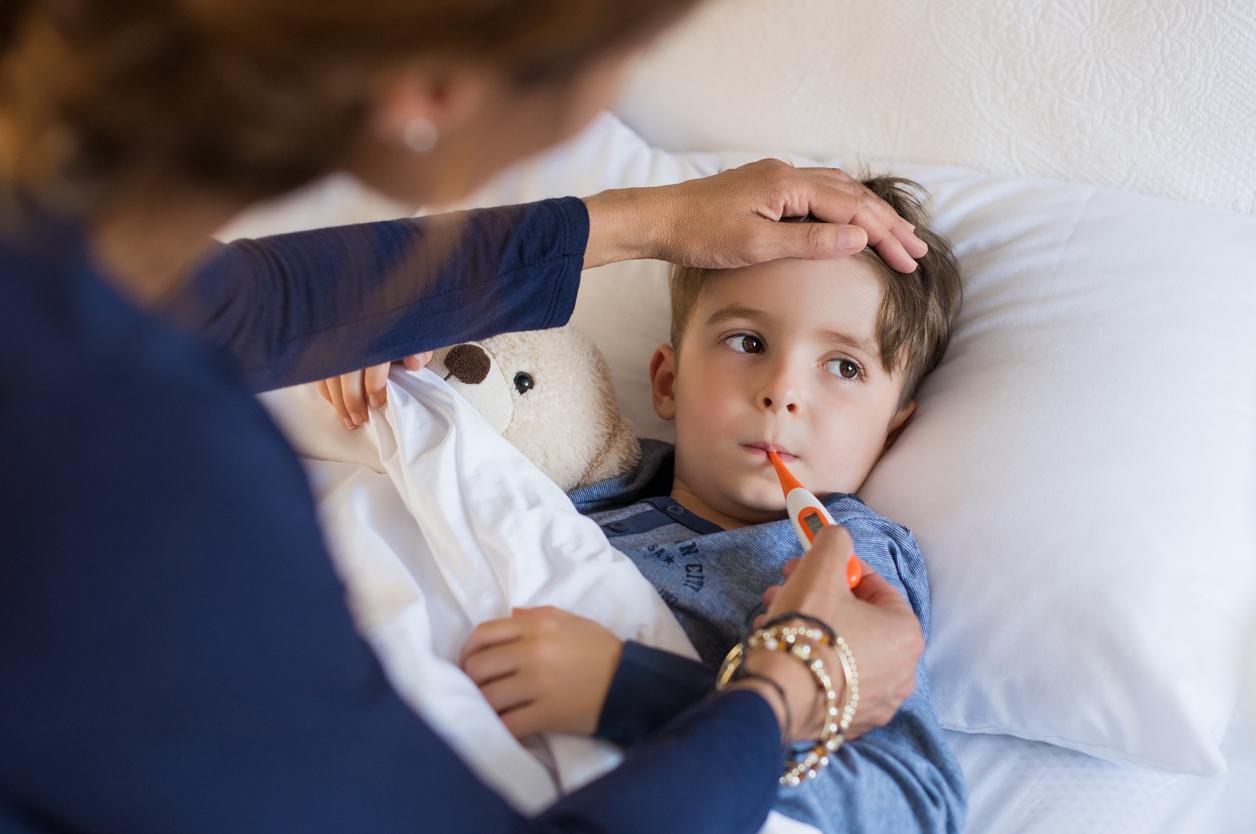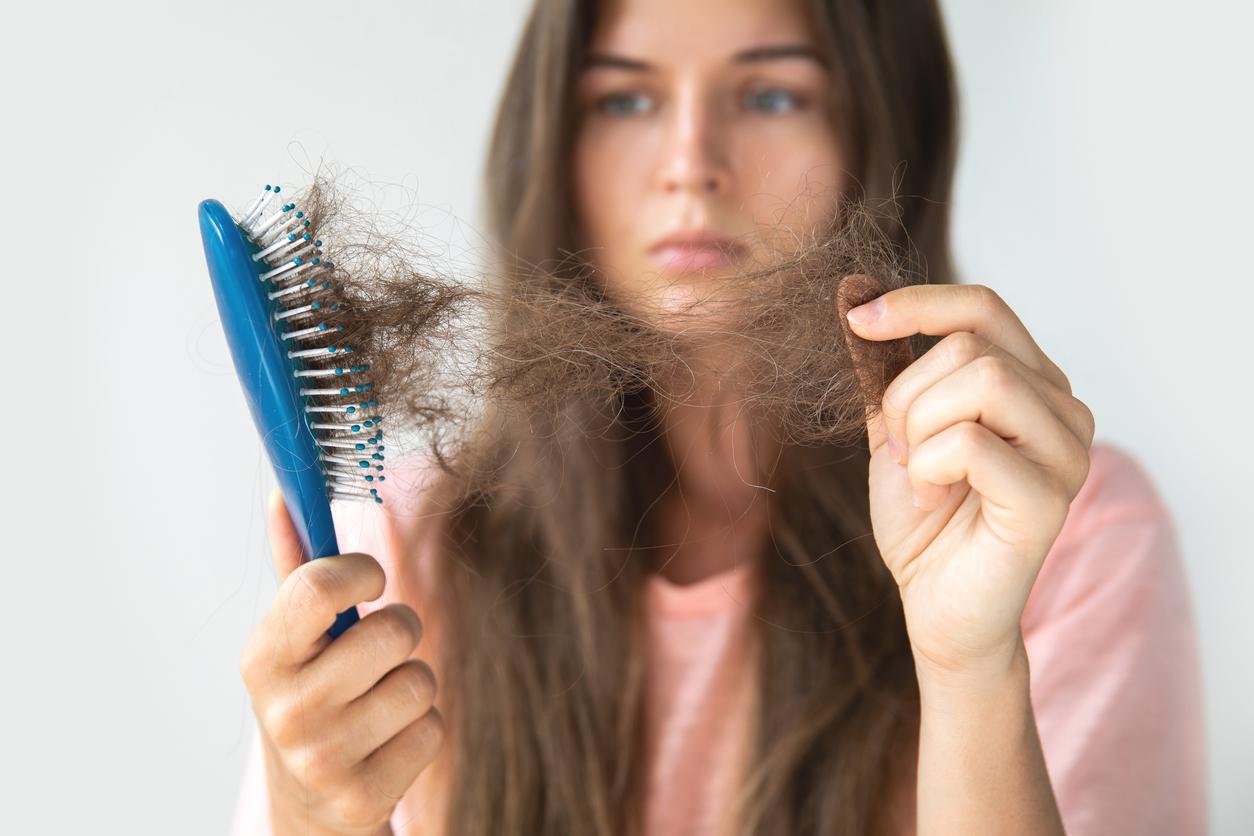First thing to know: despite the sometimes impressive symptoms, ringworm is not a serious disease. This skin disease (“dermatosis” in medical language) mainly affects children of school age, between kindergarten and the beginning of college.
Very contagious, ringworm requires long treatment (several weeks) and … impeccable hygiene!
How do you get ringworm?
Ringworm is an infection of the skin and hair caused by a microscopic fungus of the dermatophyte family.
This fungus (it can be T. Mentagrophytes, T. Verrucosum, M. Audouinii or even M. Canis) feeds on keratin: it attacks all areas where there is hair and causes the appearance of “plaques”, often red and crusty.
Transmission of the fungus can be done from humans (by direct or indirect contact, through a hairbrush or a hat, for example), from animals (cat, dog, rabbit, hamster, farm animals. ..), or even from the environment (this is much rarer).
Ringworm is a very contagious disease which can cause small local epidemics, especially in schools: the incubation period of the fungus is, on average, 2 to 14 days. It is a dermatosis which mainly concerns urban areas.
Good to know: thanks to a specific immune reaction, it is not possible to catch ringworm several times in a lifetime.
What are the symptoms of ringworm?
-
Inflammatory ringworm is linked to zoophilic dermatophytes, which means that the fungus (T. Mentagrophytes Where T. Verrucosum) is spread by contact with an animal. There is a red and rounded “macaroon” several centimeters in diameter: in children, it generally appears in the scalp, in men, it can appear in the beard.
When you press on it, you see a seep of pus; the “macaroon” is strewn with small buttons and / or small lesions. Inflammatory ringworm is often accompanied by headaches, of aches and / or a fever moderate.
-
Shearing moths (caused by Mr. Audouinii or Mr. Canis in case of microsporic ringworm; through T. Violaceum, T. Tonsurans, T. Rosaceum or T. Soudanensae in cases of trichophytic ringworm) are most common, especially in children over 3 years of age.
They are characterized by red / pink “spots” that quickly become covered with fine, powdery scales that resemble dandruff; in the area, the hair breaks a few millimeters from its root. The spots may be few in number (in case of microsporic ringworm: 1 or 2 patches maximum) and be covered with healthy hair (in case of trichophytic ringworm).
-
Ringworm favic is transmitted exclusively between humans: it is caused by Trichophyton schönleinii Where Achorion schönleinii. It can affect children, adults and seniors, mainly in precarious environments.
The favic ringworm is characterized by raised crusty patches, gray or yellowish, more or less extensive. The contours are irregular, the smell is unpleasant, the plaque crumbles to reveal reddened, even festering skin. The hair that persists is dull and brittle, often atrophied.
Treatment: how is ringworm treated?
If ringworm is not a notifiable disease, it is however recommended to warn the teaching staff / the staff of the day-care center … to avoid a local epidemic.
To diagnose ringworm, your doctor may first examine the lesions using a special light (Wood’s light), which in some cases can make the contaminated hair appear fluorescent.
However, to confirm the diagnosis (and specify which ringworm it is), it will be necessary to cultivate the fungus in the laboratory (after a mycological sample): the result requires, on average, between 3 and 4 weeks of waiting.
- In case of inflammatory ringworm, a local treatment based on imidazoles (bactericidal antibiotics in the form of an ointment) may be sufficient: in the most extensive cases, the doctor may prescribe, in addition, antibiotics and antifungals by general route. A scar may persist, possibly with hair loss (alopecia).
- In case of ringworm, the treatment is based on local care of the scalp (antimycotic shampoo combined with a fungicidal ointment) and on antimycotic drugs administered locally. Drug treatment depends on the age of the patient; it lasts between 4 and 8 weeks. In most cases, there is no scar or hair loss.
- In case of favic ringworm, it is necessary to shave the area since the parasite proliferates at the root of the hair. Then, treatment with griseofulvin (a fungistatic antibiotic given by mouth) is required for 6 to 8 weeks. Griseofulvin is contraindicated in pregnancy, porphyria, lupus, taking anticoagulants, estrogen and barbiturates. Adverse effects may be observed, especially abdominal pain.
How to prevent ringworm?
If a case of ringworm has occurred in your entourage (family, school, drop-in center, nanny, etc.), start by examining your child for “red patches”, especially in hair.
Thoroughly clean hats, scarves, pillowcases, hairbrushes, combs … with a wash at 60 ° C or using an antifungal disinfectant (note: “classic” disinfectants do not kill the fungus ).
It is also necessary to examine your pets for “red patches”. Hands should be washed frequently.
Sources:
Montpellier Academy
Geneva University Hospitals


















